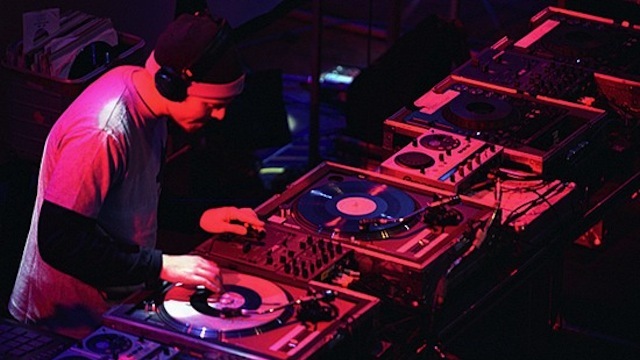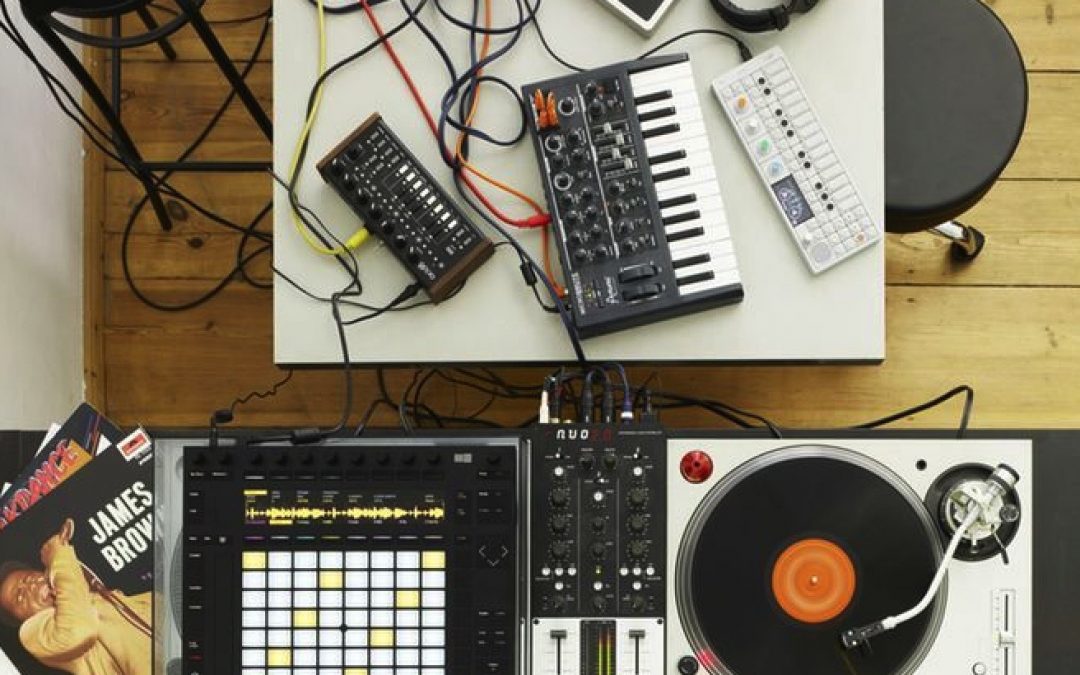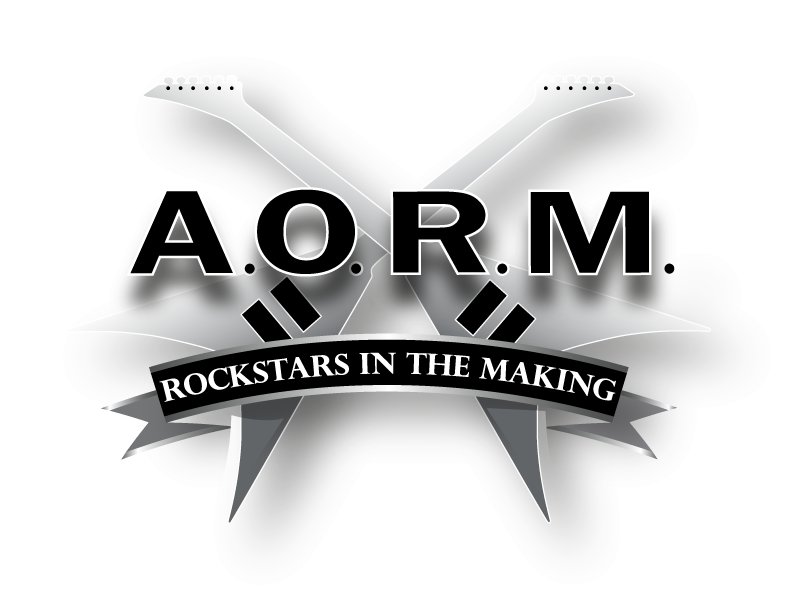To suggest that the sampler—in all its hardware and virtual forms—has dramatically influenced popular music over the last 40 years is to present an understatement of cosmic proportions. These days, we take for granted the once gargantuan task of recording and manipulating snippets of audio, of found sounds, of ephemeral beats and breaks.
Today, we’ve got our MPCs and our Kontakts. We snag some sonic bits (from the internet, from an audio file, from a CD, maybe even— if we’re really going “old school”—from vinyl), and we drag and drop and splice and quantize until, in a fairly short space of time, and with limited toil, we’ve got precisely the beat, groove, blip, or bass drop we need.
Entire genres proceed from the contemporary efficiency of the sampling endeavor. (Yes, I’m looking at you, hip-hop and EDM.) Today, we can arguably sample and manipulate audio more flexibly with our iPhones than we might have done with an entire rack of gear in the “last century.”

We’ve come a long way in a radically short period of time.
So, if you’re seeking a workday diversion, we offer a few videos which contextualize the history of sampling.
The first takes us back to 1988, an age when the world of sampling was more fraught—both technically and legally. This of course was an era when it was commonplace to “lift” material from copyrighted recordings—a situation that rather quickly fomented a firestorm of legal battles between content owners and those guerilla (and mainstream) artists and producers co-opting their work.
The second video is a more extensive (and mor recent) documentary from C54 Hip Hop delineating the nexus of intellectual property issues wrought by the advent of sampling technology in modern production.
And finally we bring you Mark Ronson’s 2014 TED Talk on how sampling technology utterly transformed the aesthetic norms and ethos of modern pop music, in effect redefining our notions of what it means to be a creator, a composer, an arranger, an artist.



